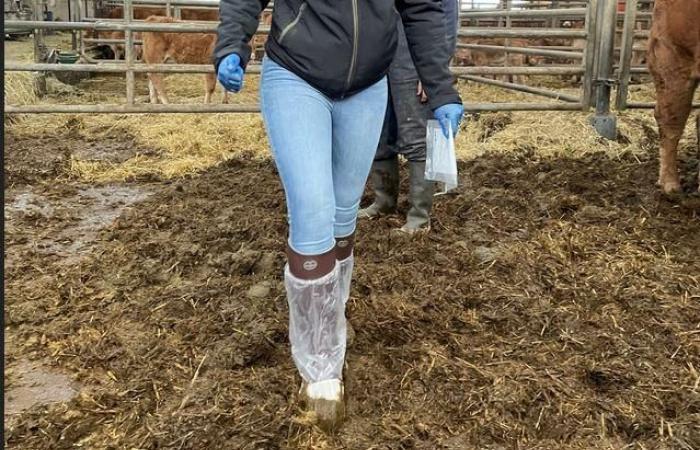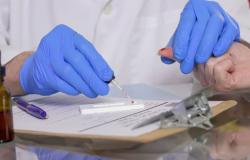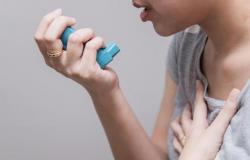The paratuberculosis appears on farms after the introduction of an infected individual. To clean up, it is recommended to screen and exclude positive animals as well as their descendants. Many GDSs have implemented mastery plans in order to support breeders. A vaccine exists, but its use is regulated because it interferes with screening for tuberculosis. It is therefore reserved for very affected farms which have already deployed control programs. The vaccine limits symptoms as well as shedding, but does not prevent it.
Read also: Bovine paratuberculosis: a fatal disease caused by mycobacteria
Several screening tools are available today, two of which predominate due to their practicality and moderate cost. On dung, the most used method is PCR quantitative. It makes it possible to detect whether the mycobacteria responsible for the disease is present and in what quantity. Through the blood, serological tests Elisa are privileged. However, they can only be used on animals over 24 months old.
An arsenal for screening for paratuberculosis
Johne’s disease is a sneaky disease, quite complicated to detect. Indeed, in the subclinical phase, it induces a seropositivity and variable fecal excretion. Consequently, an infected animal may present negative serology or PCR at any time. This is why it is important to vary screening methods.
veterinarian GDS Aveyron“/>
Doctor Céline Pouget, consulting veterinarian and deputy director of the GDS of Aveyron, supervised a study on the use of pediffonnettes in suckler cattle breeding. The pedestals are a sampling device in covered animal living areas, which slips over a pair of overboots. “Faced with the difficulties of detecting the disease, the GDS of Aveyron wanted to develop a method that was easy, affordable, repeatable and feasible for the breeder themselves. Studies concerning environmental sampling already existed in dairy farming, but no publication had been carried out in breastfeeding. introduces the veterinarian.
A quick and inexpensive device: pedichiffonnettes
The study covered 135 farms having carried out serological analyzes of the herd between 2019 and 2022, categorized according to their prevalence. All vaccinated herds also served as support. Each farm was characterized according to the cattle breed, the type of housing, production, the protocol in the event of introduction and their history with the paratuberculosis. Each farm was the subject of one or more samples, by walking in the areas of the buildings with the foot cloths.
The results confirm the correlation between seroprevalence and detection of mycobacterium in the environment. “Finding mycobacteria in herds with a seroprevalence of less than 2%, allows us to give the device excellent sensitivity”explains Dr Céline Pouget. In the most seropositive farms, samples were also taken in areas exclusively frequented by calves.
Excellent sensitivity with the foot cloths
The mycobacteria was detected in eleven samples from 25 farms, either by the presence of dung from the mothers, brought back by the calves, or by their own excretion. “ In vaccinated flocks, repeated negative media tests may serve as indicators to stop vaccination. The protocol is also accepted by testing stations as a complementary tool for determining the status of livestock with regard to the disease. »






